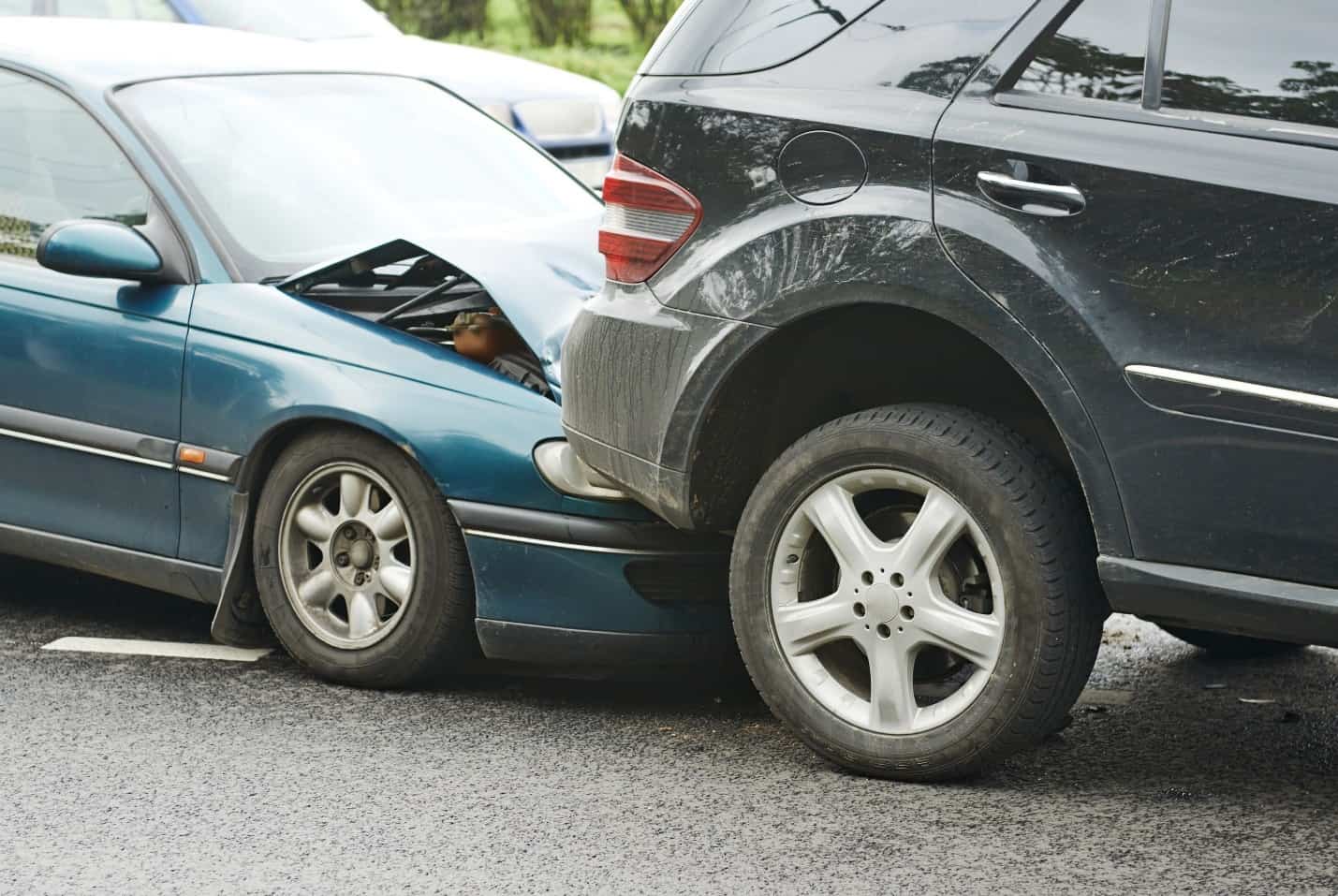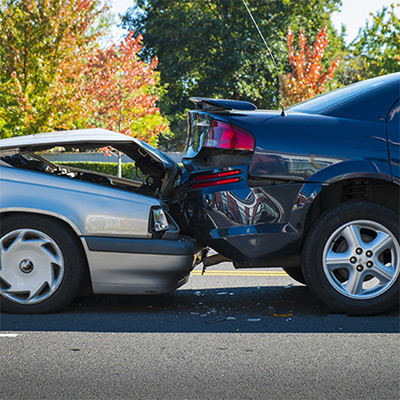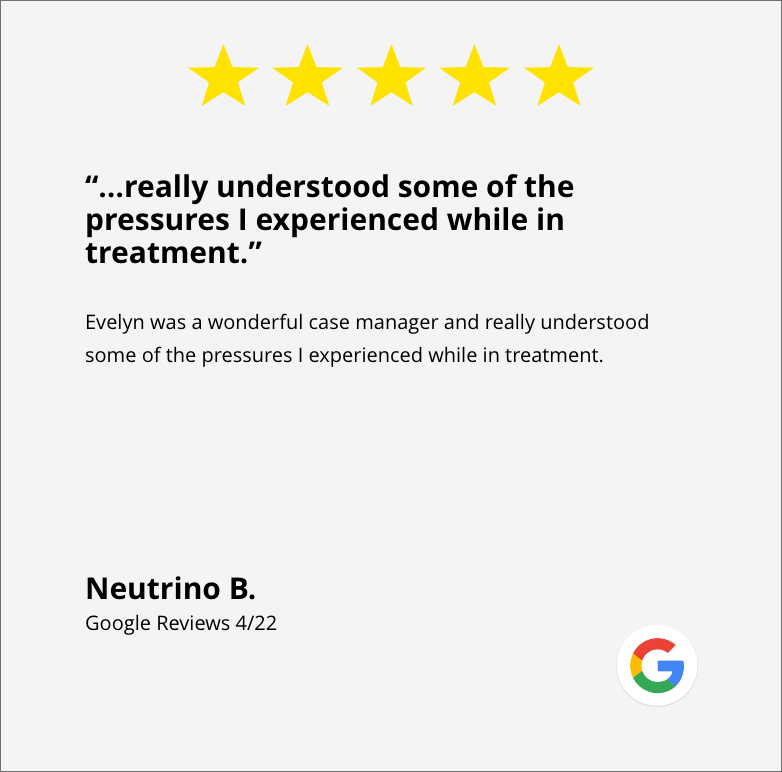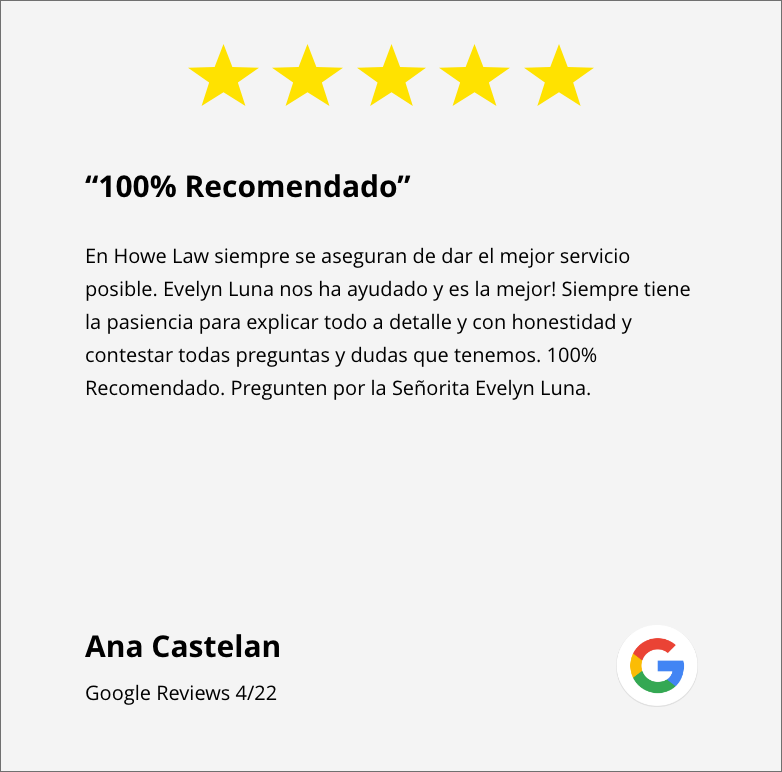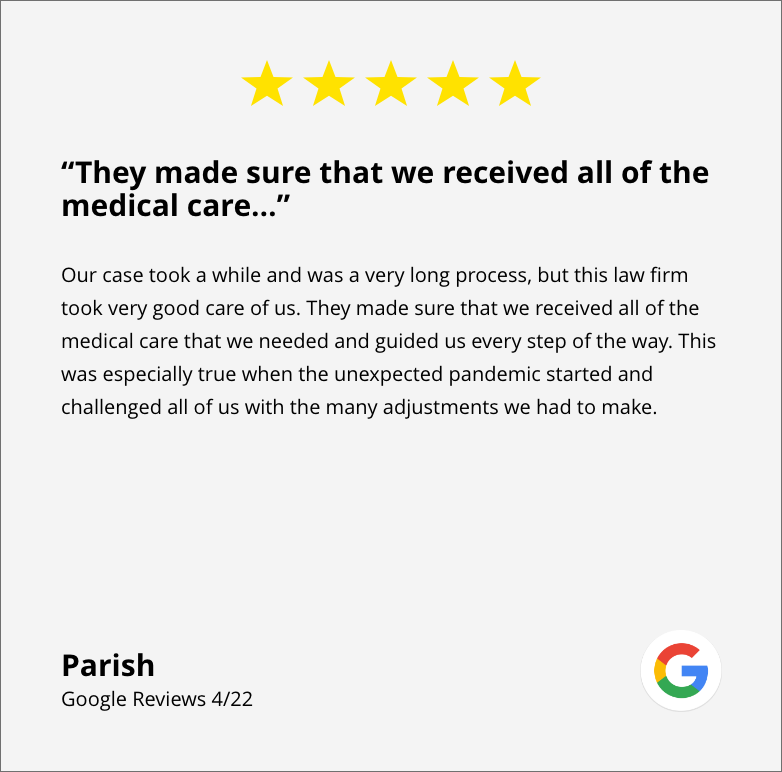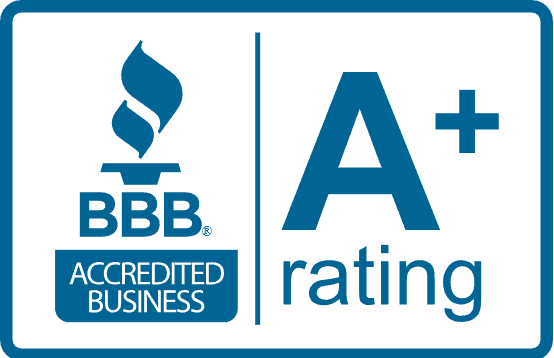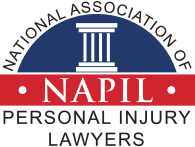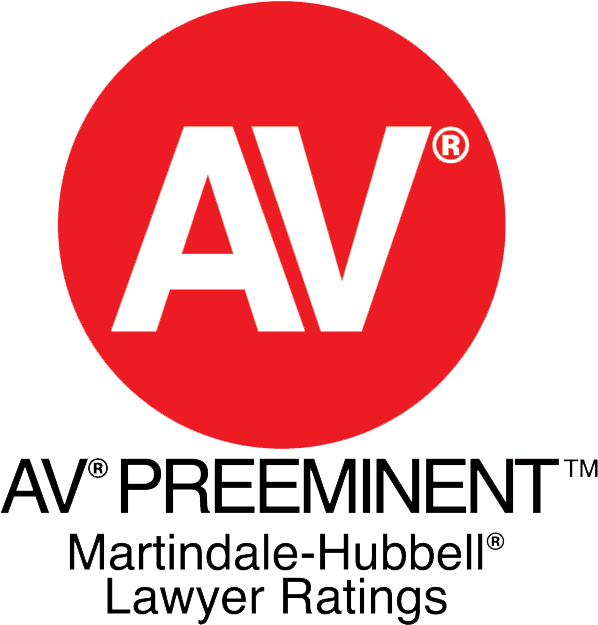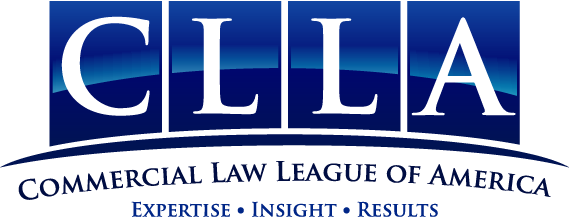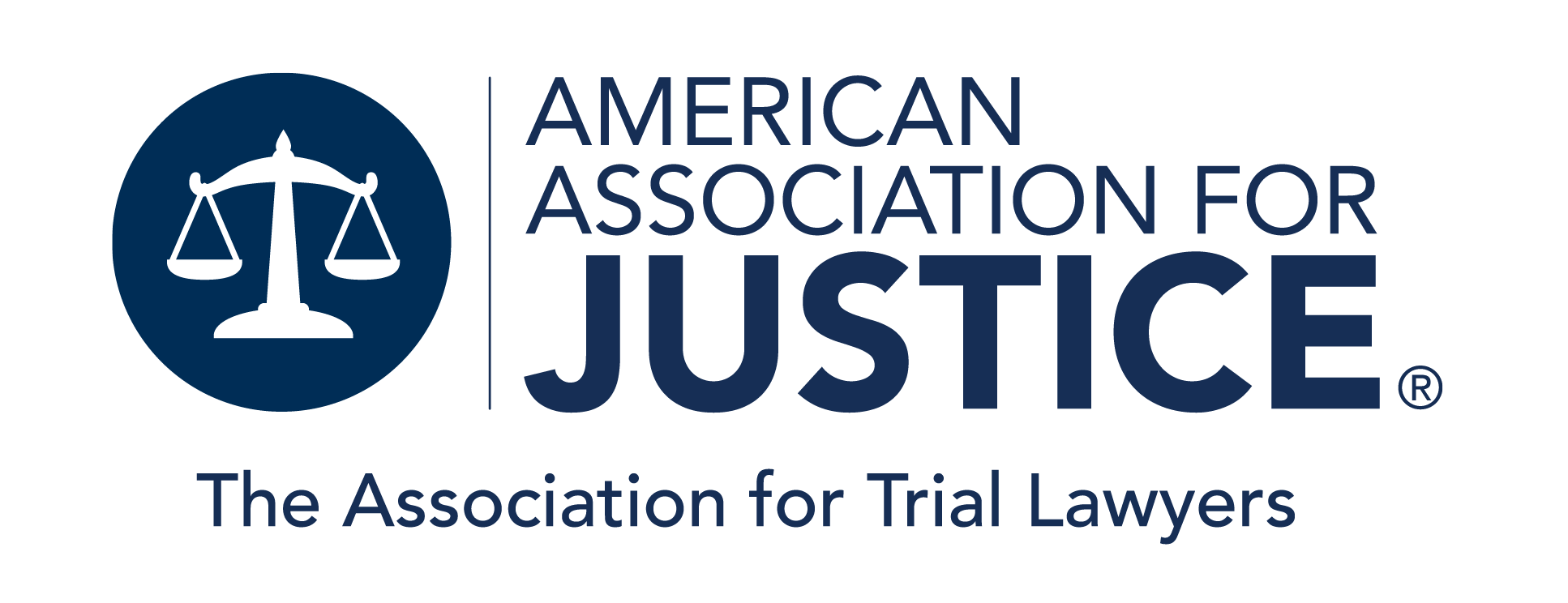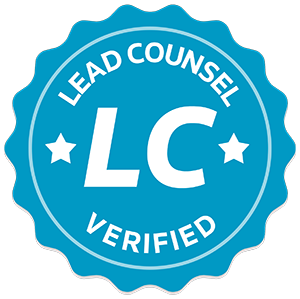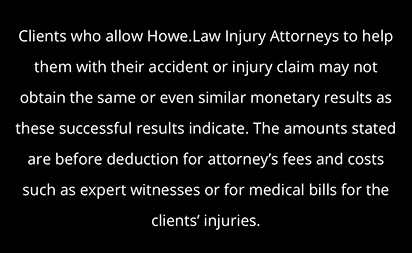Punitive damages play a significant role in the legal framework of personal injury lawsuits in the United States, serving as a tool to deter wrongful conduct and compensate for the egregious behavior of tortfeasors.
However, in Georgia, punitive damages are subject to certain limitations, commonly referred to as the Georgia punitive damages cap, which restricts the amount a plaintiff can recover in most cases.
Like many other states, Georgia has strict regulations governing the imposition of punitive damages, with a specific cap on the amount that can be awarded. This article explores the concept of punitive damages, Georgia’s legislative stance, the cap on such damages, its implications, and the ongoing debates surrounding its effectiveness.
The Concept of Punitive Damages

Punitive damages are monetary awards imposed in civil lawsuits that go beyond compensatory damages. Their primary purpose is to punish the wrongdoer and deter similar conduct in the future.
These damages are critical in reinforcing societal norms and expectations regarding acceptable behavior.
Definition and Purpose of Punitive Damages
Unlike compensatory damages, which aim to reimburse plaintiffs for their actual losses, punitive damages are intended to penalize the defendant and address behavior that is deemed grossly negligent or intentionally harmful. The purpose can be summarized as follows:
- Deterrence: Punitive damages aim to discourage the defendant and others from engaging in similar misconduct in the future.
- Punishment: These damages serve to penalize the defendant for particularly reprehensible actions.
- Public Policy: They reflect societal condemnation of wrongful conduct and promote accountability.
The Role of Punitive Damages in Civil Lawsuits
In civil lawsuits, punitive damages are typically reserved for cases involving willful misconduct, fraud, or extreme negligence. Their inclusion can significantly alter the dynamics of a case. Lawyers may argue for punitive damages when the defendant’s behavior goes beyond mere negligence, showcasing intent to harm or a blatant disregard for safety.
Moreover, the possibility of punitive damages can motivate defendants to settle cases out of court to avoid the risks associated with a jury trial, where the potential for a punitive award could be considerable. This aspect underscores the strategic role punitive damages occupy in civil litigation.
Additionally, calculating punitive damages often involves carefully assessing the defendant’s financial status, as the goal is to impose a substantial penalty to serve as a deterrent without being so excessive that it is deemed unconstitutional.
Courts may consider various factors, including the severity of the misconduct, the harm caused to the plaintiff, and the defendant’s wealth, to ensure that the punitive damages awarded are both fair and effective.
This nuanced approach helps maintain a balance between punishment and fairness, ensuring that punitive damages fulfill their intended purpose without leading to unjust outcomes.
Furthermore, the application of punitive damages can vary significantly across jurisdictions, with some states imposing caps on the amount that can be awarded while others allow for more discretion in determining the appropriate penalty.
This disparity can lead to a patchwork of legal standards, making it essential for plaintiffs and defendants alike to understand the specific laws governing punitive damages in their respective jurisdictions.
As such, the landscape of punitive damages continues to evolve, reflecting changes in societal values and legal interpretations surrounding accountability and justice.

Georgia’s Stance on Punitive Damages
Georgia’s legal framework regarding punitive damages has evolved over the years. The state has implemented specific measures to regulate these awards, creating an environment that balances the interests of both plaintiffs and defendants.
The History of Punitive Damages in Georgia
Georgia’s approach to punitive damages has significantly changed through various judicial decisions and legislative actions. Historically, courts in Georgia granted punitive damages to punish extreme conduct and deter future wrongdoings.
However, over time, the legislative body recognized the need for clearer guidelines to ensure consistency and fairness in punitive damage awards.
In the early 2000s, the Georgia Supreme Court began to refine the standards for punitive damages, emphasizing the importance of proportionality in awards. This shift aimed to prevent excessively large punitive damages that could disproportionately impact defendants, particularly small businesses.
As a result, courts started considering the defendant’s financial condition of the wrongdoing when determining the appropriateness of punitive damages.
This evolution reflects a broader trend across the United States, where states are increasingly scrutinizing punitive damage awards to prevent abuse and ensure that they serve their intended purpose of deterrence.
Current Legislation on Punitive Damages
Currently, Georgia law stipulates that punitive damages can only be awarded when the defendant’s actions demonstrate willful misconduct or a reckless disregard for the consequences of their actions.
Additionally, the law requires that plaintiffs prove punitive damages by clear and convincing evidence, a higher standard than the preponderance of evidence used for compensatory damages.
Moreover, Georgia’s legal framework mandates that punitive damages cannot be awarded if the underlying claim does not also support a compensatory damage award. This ensures that punitive damages are closely tied to the actual harm suffered by the plaintiff.
Furthermore, the law caps punitive damages at a maximum of $250,000 in most cases unless the defendant’s actions involve specific aggravating factors, such as intentional misconduct or fraud.
This cap limits the potential for exorbitant awards while still allowing meaningful penalties in cases of egregious behavior. The interplay between these regulations and the courts’ interpretations continues to shape the landscape of punitive damages in Georgia, making it a critical area of focus for legal practitioners and scholars alike.
The Cap on Punitive Damages in Georgia
The imposition of a cap on punitive damages is a controversial yet essential aspect of Georgia’s legal landscape. This cap aims to prevent exorbitant awards that could disrupt the legal and business environment.
By setting a limit, the law seeks to balance the need for justice for victims with the necessity of maintaining a stable economic climate for businesses operating within the state.
Understanding the Cap Limit
In Georgia, a statutory cap on punitive damages is typically set at $250,000. However, this limit varies based on certain circumstances. For example, if the defendant acted with intent to cause harm, the cap may be increased significantly.
This structure ensures that while there is a limit, those who engage in particularly egregious conduct could still face substantial penalties. The rationale behind this approach is to deter future misconduct while providing a fair opportunity for defendants to operate without the constant fear of unpredictable financial ruin.
Moreover, the cap on punitive damages reflects a broader legal philosophy that emphasizes fairness and proportionality in the justice system. By establishing a clear threshold, Georgia’s lawmakers aim to create a predictable framework for both plaintiffs and defendants.
This predictability is crucial for businesses, as it allows them to assess potential liabilities when making operational decisions, ultimately fostering a healthier economic environment.
Exceptions to the Cap Rule
There are specific instances where the cap on punitive damages does not apply. These exceptions typically involve cases where the defendant’s actions were particularly malicious or reckless.
Notably, larger awards may be justified if the defendant has previously been found liable for similar punitive damages or if the conduct demonstrates a pattern of egregious behavior. This provision serves as a critical tool for the courts to address repeat offenders who may otherwise escape the full consequences of their actions.
Additionally, the legal framework in Georgia allows for a nuanced examination of each case’s unique circumstances.
Factors such as the severity of the harm caused, the financial condition of the defendant, and the overall impact on the victim can all play a role in determining whether the cap should be lifted.
This flexibility ensures that the punitive damages awarded are not only a reflection of the defendant’s behavior but also a means to provide adequate compensation to victims who have suffered significant harm due to reckless or intentional actions.
Impact of the Cap on Legal Proceedings

The cap on punitive damages profoundly affects attorneys’ strategies, the dynamics of case settlements, and defendants’ behavior. Understanding these impacts is crucial for stakeholders within the legal system.
Influence on Plaintiff’s Claims
The existence of a cap on punitive damages may influence how plaintiffs approach their claims. Knowing that punitive damages are limited, plaintiffs may focus more on securing compensatory damages, which are not capped. Thus, they could prioritize evidence that strongly supports their actual losses rather than relying heavily on punitive claims.
This strategy can lead to shifts in the types of evidence presented during trials and settlements, as it diminishes the potential for significant punitive damages.
However, it could also push some plaintiffs to consider alternative forms of relief or changes in their litigation strategy to maximize their overall awards.
For instance, plaintiffs might explore avenues such as class action lawsuits or seek to establish a pattern of behavior that could lead to a larger compensatory award, thereby circumventing the limitations imposed by punitive damage caps.
Effect on Defendant’s Liability
From the defendants’ perspective, the cap on punitive damages can provide relief, reducing the financial risks associated with defending against civil litigation. Knowing the maximum potential they might face can make some defendants feel more secure in their litigation strategies.
However, this cap also raises questions about the adequacy of deterrence. Some defendants may perceive the cap as a green light to engage in behavior that could be deemed unlawful, knowing that their financial exposure is limited.
This perception can complicate the overarching goal of punishing and deterring wrongful conduct. Furthermore, the cap can influence how corporations approach compliance and risk management; they may allocate fewer resources to preventive measures, believing that the financial repercussions of any misconduct will be manageable.
This shift in corporate mentality could ultimately increase negligent or reckless behavior, undermining punitive damages’ purpose as a tool for accountability and reform.
Criticisms and Controversies Surrounding the Cap
The cap on punitive damages in Georgia has sparked a myriad of criticisms and controversies, with passionate arguments on both sides of the debate. Understanding these viewpoints is essential for grasping the complexities surrounding punitive damages.
Arguments in Favor of the Cap
Proponents of the cap argue that it promotes a fair and predictable legal environment. They contend that without a cap, punitive awards could lead to excessive penalties that do not align with the actual harm suffered.
This unpredictability can stifle business operations and innovation, as companies may become cautious about engaging in new practices or ideas.
Additionally, advocates maintain that the cap prevents “jackpot justice,” where plaintiffs could receive windfalls that are insignificant compared to their actual losses. Caps are seen as a necessary measure to protect the judicial system’s integrity.
Supporters believe that limiting punitive damages would allow the legal system to focus on compensatory damages that directly address the harm experienced by the victim. This would ensure that the primary goal of justice is met without the risk of disproportionate penalties that could jeopardize businesses and their employees.
Arguments Against the Cap
Opponents of the cap, however, argue that it undermines the purpose of punitive damages by limiting the court’s ability to punish truly egregious behavior. They emphasize that corporations and individuals may not feel compelled to change harmful practices that lead to personal injury and suffering without sufficient punitive measures.
This group contends that the cap reduces the potential for accountability and diminishes judicial discretion, which can lead to inequities in outcomes for plaintiffs who have suffered severe harm due to defendants’ reckless behavior.
Moreover, critics often point to high-profile cases where corporations have engaged in harmful practices without facing adequate repercussions, arguing that the cap allows these entities to evade true accountability.
They believe that punitive damages serve as a necessary deterrent, encouraging safer practices and fostering a culture of responsibility among businesses. In their view, the cap may inadvertently signal to companies that they can engage in risky behavior with minimal financial consequences, potentially endangering public safety and welfare in the long run.
Conclusion
Understanding Georgia’s cap on punitive damages provides valuable insight into the state’s approach to civil liability and the efficacy of punitive measures.
While the cap aims to foster a balanced legal system that protects both plaintiffs and defendants, it also raises questions regarding the adequacy of deterrence and accountability.
As discussions surrounding these issues continue, it’s important to work with experienced professionals who understand the intricacies of the law. Learn more about our team of dedicated attorneys who can help you with your cases.
Related Articles

